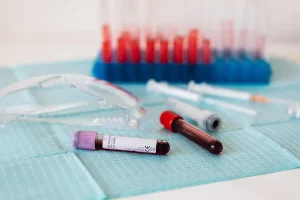This is how the AI article summary could look. Lorem ipsum dolor sit amet, consectetur adipiscing elit, sed do eiusmod tempor incididunt ut labore et dolore magna aliqua. Ut enim ad minim veniam, quis nostrud exercitation ullamco laboris nisi ut aliquip ex ea commodo consequat.
3 Big Tests for CKD

When doctors investigate whether you have CKD, there are ..
“Three big questions to ask, and three big tests to do.”
Three big questions
- What is the kidney function?
- Are the kidneys leaking protein? If it is a lot, the disease may be in the glomeruli
- Do you have 2 kidneys and what do they look like?
Three big tests
To answer these three big questions, people with CKD, will need three big tests. They are:
- Blood GFR level – normal GFR is 90-120 mls/min
- The most important test, and is based on blood creatinine level (60-120 mcmol/L; lower creatinine is better)
- The 5 stages of CKD are based on the blood GFR (glomerular filtration rate) level
- GFR is a blood test which estimates the level of function of the kidney – the higher the GFR, the better the kidney function (and therefore the lower stage of CKD that the patient will be in).
 .
.
- Urine albumin-to-creatinine ratio (ACR) – normal = < 3 mg/mmol
- Measures the level of a protein called albumin in urine
- Higher levels indicates strain on the kidneys
- If moderate-high (>70), this will contribute to deciding on need for a kidney biopsy
- It is moderate or high in diabetes and many types of chronic glomerulonephritis.
- Renal (kidney) ultrasound – assesses number (two) and size (10-14 cm long) of kidneys; and may give the cause of CKD, especially polycystic kidney disease, and obstruction (blockage) of the kidneys.
Note 1. Most patients with CKD1-2 or CKD3B will not require a kidney ultrasound.
Note 2. Few patients require a kidney biopsy.

 .
.